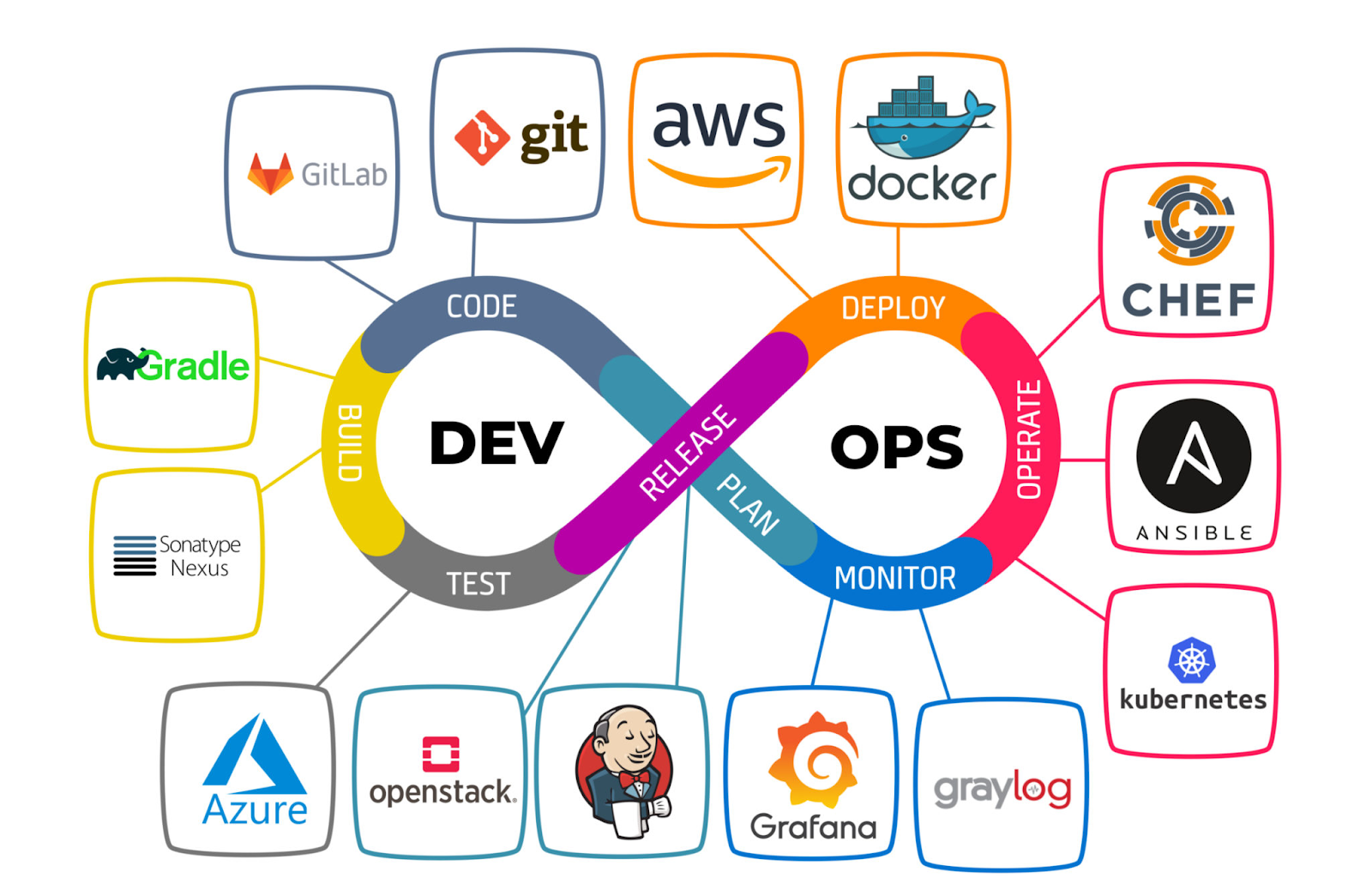Kubernetes Volumes - PV/PVC
A PersistentVolume (PV) in Kubernetes is a pool of pre-provisioned storage resources in a Kubernetes cluster, that can be used across different user environments.
Its lifecycle is separate from a Pod that uses the PersistentVolume.
A PersistentVolumeClaim (PVC), is a process of storage requests from PVs by the users in Kubernetes.
Kubernetes binds PVs with the PVCs based on the request and property set on those PVs.
Kubernetes searches for PVs that correspond to the PVCs’ requested capacity and specified properties, so that each PVC can bind to a single PV.
NOTE: Both the PVCs and the Pod using them must be in the same namespace.
PVs are created by the cluster administrator or dynamically by Kubernetes, whereas users/developers create PVCs.
PVs are cluster resources provisioned by an administrator, whereas PVCs are a user’s request for storage and resources.
PVCs consume PVs resources, but not vice versa.
A PV is similar to a node in terms of cluster resources, while a PVC is like a Pod in the context of cluster resource consumption.
Creating a LVM based filesystem on worker node and configure PV on it.
root@worker01:~# pvcreate /dev/sdb
Physical volume "/dev/sdb" successfully created.
root@worker01:~#
root@worker01:~# vgcreate data /dev/sdb
Volume group "data" successfully created
root@worker01:~#
root@worker01:~# lvcreate -n data_lv -l 100%FREE data
Logical volume "data_lv" created.
root@worker01:~#
root@worker01:~# mkfs -t ext4 /dev/data/data_lv
root@worker01:~# mount /dev/data/data_lv /data
root@worker01:~# df -TH /data
Filesystem Type Size Used Avail Use% Mounted on
/dev/mapper/data-data_lv ext4 5.2G 25k 5.0G 1% /data
root@worker01:~#
We are done with filesystem creation.
Lets proceed with PV - Persistence Volume creation.
root@masterk8s:/docker# cat pv.yml
apiVersion: v1
kind: PersistentVolume
metadata:
name: pv-volume-1
labels:
type: local
spec:
capacity:
storage: 500Mi
accessModes:
- ReadWriteOnce
hostPath:
path: "/data"
root@masterk8s:/docker#
root@masterk8s:/docker# kubectl apply -f pv.yml
persistentvolume/pv-volume-1 created
root@masterk8s:/docker#
root@masterk8s:/docker# kubectl get pv
NAME CAPACITY ACCESS MODES RECLAIM POLICY STATUS CLAIM STORAGECLASS REASON AGE
pv-volume-1 500Mi RWO Retain Available 8s
root@masterk8s:/docker#
Status of the PV is AVAILABLE.
Lets create PVC - Persistence Volume Claim.
root@masterk8s:/docker# cat pvc.yml
apiVersion: v1
kind: PersistentVolumeClaim
metadata:
name: pvc-claim-1
spec:
accessModes:
- ReadWriteOnce
resources:
requests:
storage: 100Mi
root@masterk8s:/docker#
Once the PVC is created the status of the PV changes from "Available" to "Bound".
root@masterk8s:/docker# kubectl get pv
NAME CAPACITY ACCESS MODES RECLAIM POLICY STATUS CLAIM STORAGECLASS REASON AGE
pv-volume-1 500Mi RWO Retain Bound default/pvc-claim-1 80s
root@masterk8s:/docker# kubectl get pvc
NAME STATUS VOLUME CAPACITY ACCESS MODES STORAGECLASS AGE
pvc-claim-1 Bound pv-volume-1 500Mi RWO 12s
root@masterk8s:/docker#
Lets create a pod to use the PVC:
root@masterk8s:/docker# cat nginx.yml
apiVersion: v1
kind: Pod
metadata:
name: nginx
labels:
name: www
spec:
containers:
- name: www
image: nginx:alpine
ports:
- containerPort: 80
name: www
volumeMounts:
- name: nginx-storage
mountPath: /usr/share/nginx/html
volumes:
- name: nginx-storage
persistentVolumeClaim:
claimName: pvc-claim-1
root@masterk8s:/docker#





Comments
Post a Comment